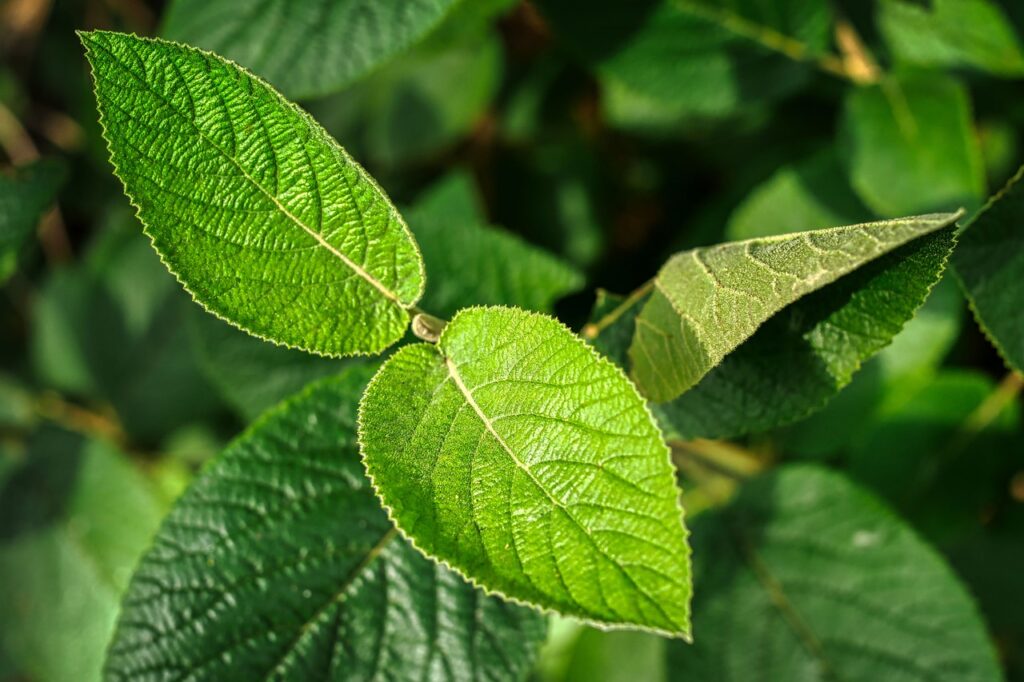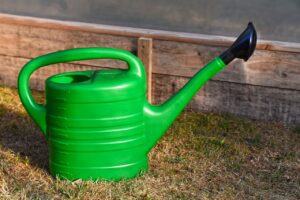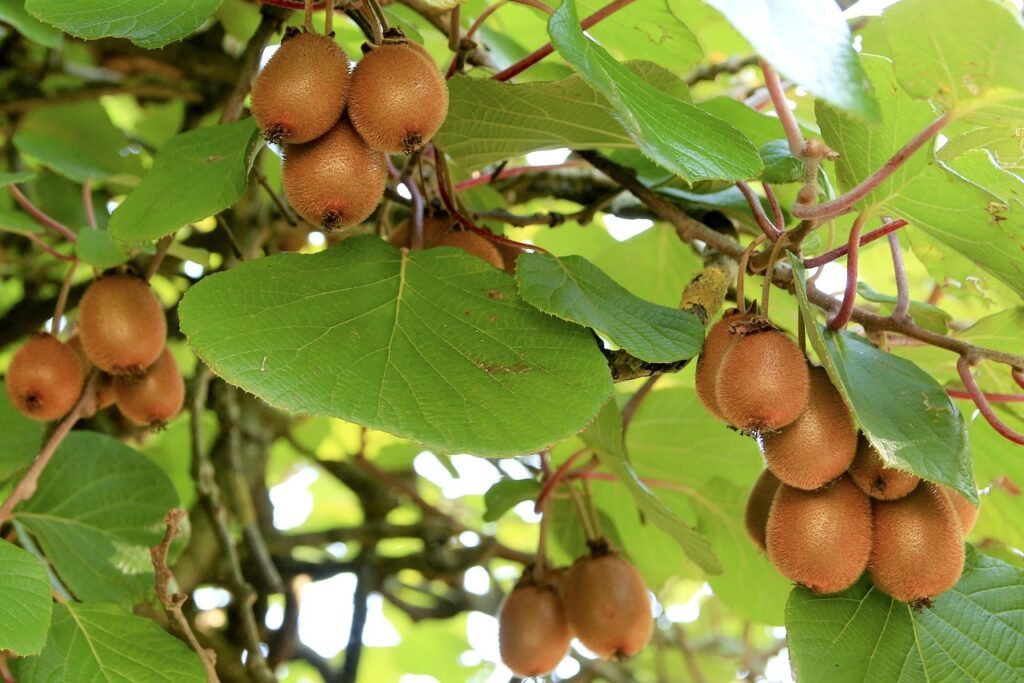

Kiwi – Popular Way to Plant Seeds At Home
Welcome to the GardenOnTop. We all know that kiwi fruits are expensive and have many benefits. In the post, we will learn the popular way to plant seeds at home…
- About kiwi
- Popular way to plant seeds at home
- How to care for kiwi vine and manage the whole life of kiwi
- Best time to harvest lots of kiwi’s
- Unknown top 10 benefits
- CAQ (Common Asked Questions)
Kiwi – Most Exoteric Fruit
Kiwi is one of the most exoteric fruits and it is expensive during the off-season. Kiwi fruit comes from the Actinidiaceae family and it is also known as Chinese gooseberry or it is native to Central and eastern China. Kiwi fruit taste is lime sweet and its size is oval shape. The outer skin or texture of kiwi fruit is linty green to golden. Let’s explore the crucial information about kiwi…
- The scientific name of the kiwi is Actinidia and belongs to the Actinidiaceae
- The taste is lime sweet after ripening.
- Mature size of the kiwi vine is growing up to 10 to 15 feet long and spread up to 5 to 10 feet long.
- Kiwi fruit starts from 100+ rupees per piece or may vary. While off-season, it is expensive or sometimes not available in a local fruit shop.
- Kiwi fruit comes in many varieties and these two varieties are so popular, hardy and fuzzy kiwi fruit.


How to Plant Seeds at Home (Most Popular Way)
While Seedling, soil quality is should be well with many types of micronutrients and mulching is necessary (every month). For seed’s availability, you can purchase seeds from online shops or nearby local nurseries. Starting price of seeds is 150+ rupees per 30 to 50 seeds (In one packet). Kiwi seeds are very small and also lightweight.
If seeds are not available at the market, then purchase the kiwi fruit and cut the slices, and remove all the seeds from that slice, seeds are small and black in colour. Wash it and keep it in wrapping paper and fold it. Keep it in a bright location (until germination). Within 10 days, sprouting starts from the seeds or roots and should be visible on the wrapping paper.


Let’s make a good quality soil media and plant a lot of seeds…
- Take one ceramic container (width should be large).
- Normal garden soil (30%) + good quality vermicompost (70%).
- Mix it well until evacuated.
- Take germinated seeds from wrapping paper (remove carefully).
- Put the seeds in the soil mix and cover all the seeds with airtight soil.
- Place it in full sunlight for 6 to 7 hours.
- Within 10 to 20 days, small leaves and branches appear from the shoots.


How to Care Kiwi Vine
- Composition and Fertilization: In the market, several types of fertilizers are available but which is best for kiwi vine? So, don’t confuse, just buy vermicompost, banana peel, cow dung, and AIO organic compost. Just buy it and feed it. Composition and mulching are necessary every 45 days.
- Pruning or Cutting: Pruning and cutting is the part of tree development. So, don’t forget to prune kiwi vines. There are many unwanted things on the vine like dry leaves, flowers, branches…etc. After pruning, you need to add some mulching and fertilizer. Best time for pruning is (April to June), before the autumn season. For the best cutting, use a pruner.
- Diseases or Pests: You need to be aware of the diseases. Most of the time root fungus or root rot diseases are occurs. While these types of diseases are visible on the vine, so you need to spray or pour fungicide or pesticide powder with water. For root diseases, use fungicides or kill insects using pesticide powder. These are the best liquids for kiwi vines, SAAF, Organic Fungicide, Control gold, and Blitox
- Water Period: Initially, you don’t need to give much water until the seeds germinate. Just you need to check soil moisture. In the summertime, give water properly with water tools. Morning & evening is the best time for watering. Don’t overwater.


Sunlight or Temperature
- For the best results, keep all the vines in full sunlight. Seedlings should be in a semi-shaded location until germination.
- After Repotting, recommended temperature is 15°C to 25°C.
- Kiwi vines easily thrive in warm areas or USDA zones 5-9.
- While the fruiting or flowering period, all vines should be in full sunlight.


Unknown Top 10 Benefits: There are lots of benefits of kiwi fruits but here, we are showing only the unknown top 10 healthiest benefits. Let’s explore the benefits…
- Kiwi fruits are a good source of vitamin C.
- Contains anti-oxidant
- Kiwi is a good source for bone and skin health.
- Kiwi fruit gives you a good sleep.
- It is a better fruit during pregnancy because it contains folate.
- It improves your blood pressure.
- The constipation problem is deflected by kiwi consumption.


CAQ (Common Asked Questions)
Prepare soil mixture with these compost vermicompost + garden soil. Plant all the kiwi seeds.
Just you need aware of watering. Don’t overwater or feed compost timely.
Spray insecticide liquid with water (for insects). For root diseases, use fungicide powder.
Morning is the best time for watering. Give water properly.
When kiwi fruits appear fuzzy in texture with mature size (3 to 4 inches oval size). This is happening, after 5 to 6 years (after sowing seeds).
Vermicompost, Banana peel, Cow dung manure, and all-in-one organic compost.
Seeds are easily available in online shops. We recommend, buy grafted kiwi plants.
Online shops or offline shops.
After mature size, you can harvest kiwis.
If you like this post don’t forget to share it with your friends and relatives and also subscribe to my newsletter for the instant update 🙂
Don’t Miss Out 🙂
Our Top Recommendation

















































































